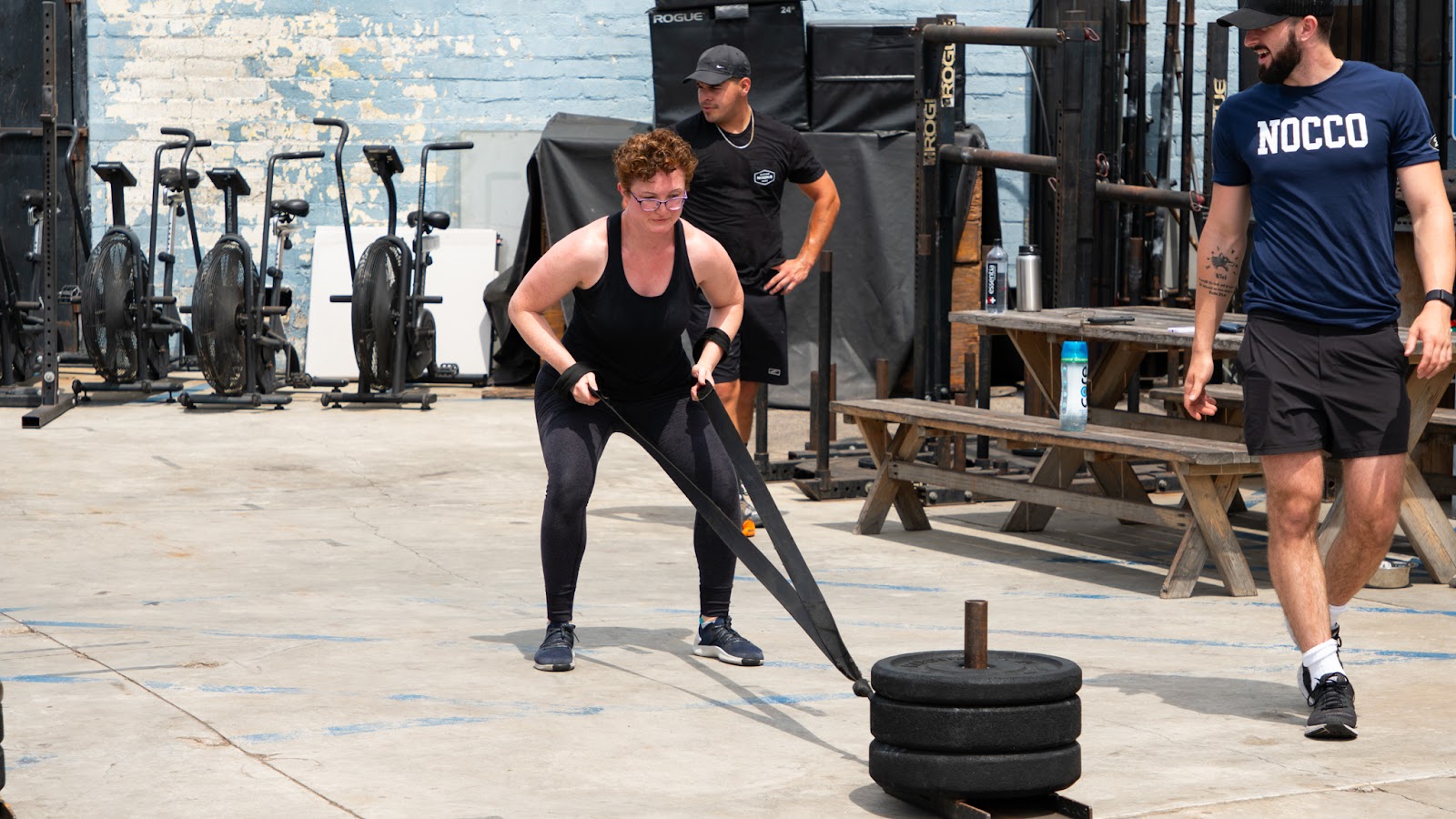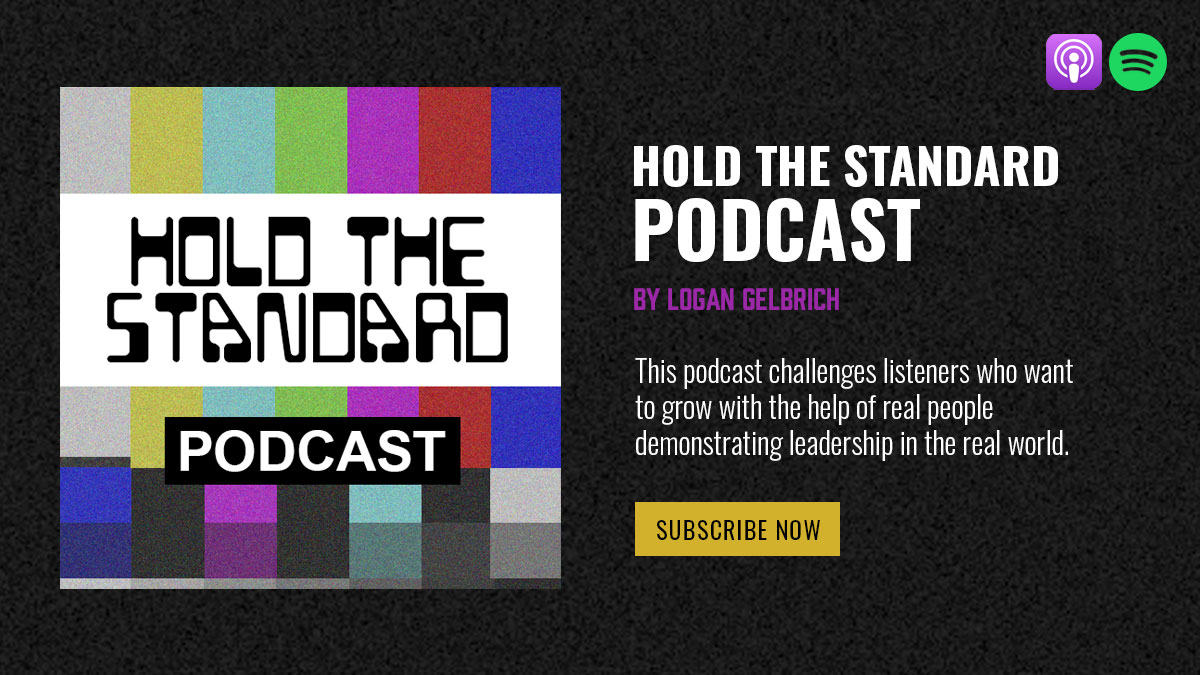
You’ve lost before you even start with poor body language. Conversely, great body language won’t guarantee victory, but poor body language can nearly confirm demise at the highest level.
There’s a scene in the Netflix documentary, Break Point, where Rafael Nadal and his opponent are waiting in the tunnel for their names to be announced. The contrast is staggering. Nadal is pacing back and forth with active posture, upbeat energy, and aggressive movements. He looks like a caged animal. His opponent stands sheepishly and awkwardly near his bag. He all but gives up his power by asking the attendant, “How long more or less?” as if to signal please, get me out of here!
It’s clear which player is destined for the Hall of Fame.
I remember body language being an extra super power in our college program. The good news for us (and you) is that it can be trained. Specifically, we’d train our body language during bouts of adversity. Our hellacious conditioning sessions, for example, had a rule: there’s only one acceptable resting position.
After each sprint, we were to recover in the standing position with hands on our hips. Kneeling, placing your hands on your head, or even the universal resting position (hands on knees) were all forbidden. You’d be surprised at how menacing this standard was when you’re gasping for air after these sprint days.
Naturally, someone finally asked our strength coach why we did this and his answer stayed with me. “It’s the posture that says ‘I’m ready for more,’” he said. “And, if you do it enough, you might just be ready for more one day.”
11/27/23 WOD
DEUCE Athletics GPP
Spend 15 minutes build to a 3RM Bench Press
Then, Drop Set:
2x 8 Bench Press
Complete 5 rounds of the followiing every 3 minutes for time:
10 DB Thrusters (50/30)
Corner Run
DEUCE Garage GPP
Back Squat
7-7-7
Complete 3 rounds for quality of:
6-8 Eccentric GHRs (50X1)
:15 Banded Sprint @~80%
“Death by 10m”
EMOM Until Failure
1, 2, 3, 4.. 10m Sprint

